Filter by
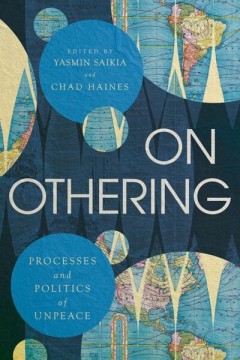
On Othering Processes and Politics of Unpeace
In every sphere of life, division and intolerance have polarized communities and entire nations. The learned construction of the Other—an evil “enemy” against whom both physical and discursive violence is deemed acceptable—has fractured humanity, creating divisions that seemingly defy reconciliation. How do we restore the bonds of connection among human beings? How do we shift from pola…
- Edition
- -
- ISBN/ISSN
- 9781771993876
- Collation
- -
- Series Title
- Global Peace Studies
- Call Number
- 6 x 9, 360 pages

How to Read Like You Mean It
In this candid and concise volume, Kyle Conway, author of The Art of Communication in a Polarized World, considers how we can open ourselves to others and to ideas that scare us by reading difficult texts. Conway argues that because we resist ideas we don’t understand, we must embrace confusion as a constitutive part of understanding and meaningful exchange, whether between a reader and a tex…
- Edition
- -
- ISBN/ISSN
- 9781771993753
- Collation
- -
- Series Title
- Cultural Dialectics
- Call Number
- 6 x 9, 184 pages
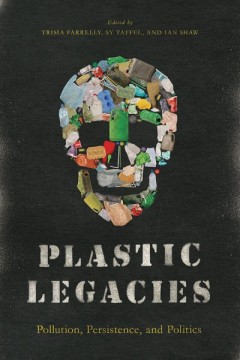
Plastic Legacies Pollution, Persistence, and Politics
The complexities surrounding the global plastic crisis require an interdisciplinary approach and the materialities of plastic demand new temporalities of thought and action. Plastic Legacies brings together scholars from the fields of marine biology, psychology, anthropology, environmental studies, Indigenous studies, and media studies to investigate and address the urgent socio-ecological chal…
- Edition
- -
- ISBN/ISSN
- 9781771993272.01
- Collation
- -
- Series Title
- -
- Call Number
- 6 x 9, 288 pages
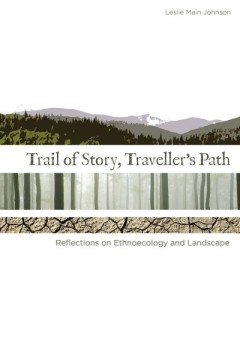
Trail of Story, Traveller’s Path Reflections on Ethnoecology and Landscape
With passion and conviction, Johnson maintains that our response to our environment shapes our culture, determines our lifestyle, defines our identity, and sets the tone for our relationships and economies. With photos, she documents the landscape and contrasts the ecological relationships with land of First Nations peoples to those of non-indigenous scientists. The result is an absorbing study…
- Edition
- -
- ISBN/ISSN
- 9781897425350.01
- Collation
- -
- Series Title
- -
- Call Number
- 267 pages
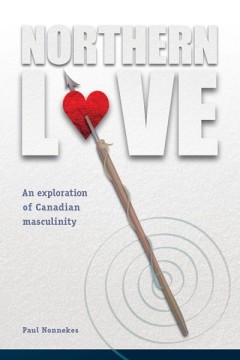
Northern Love An Exploration of Canadian Masculinity
In Northern Love, Paul Nonnekes proposes a conception of love suggestive of a distinctive model of Canadian masclinity. He pursues debates in psychoanalysis and cultural theory in relation to two representative male characters in novels by Rudy Wiebe (A Discovery of Strangers) and Robert Kroetsch (The Man from the Creek).
- Edition
- -
- ISBN/ISSN
- 9781897425220.01
- Collation
- -
- Series Title
- Cultural Dialectics
- Call Number
- 145 pages

Female-to-Male (FtM) Transgender People’s Experiences in Australia A Natio…
This Briefs is the first national study on female-to-male (FtM) transgender people’s experiences in Australia. It describes an extensive study that fills the current gap in Australian research on the specific experiences and beliefs about transition for contemporary Australian FtM transgender people. Following an overview of current literature on the various aspects of and approaches to trans…
- Edition
- -
- ISBN/ISSN
- 978-3-319-13829-9
- Collation
- XIX, 154
- Series Title
- -
- Call Number
- -

Memory and Landscape Indigenous Responses to a Changing North
The North is changing at an unprecedented rate as industrial development and the climate crisis disrupt not only the environment but also long-standing relationships to the land and traditional means of livelihood. Memory and Landscape: Indigenous Responses to a Changing North explores the ways in which Indigenous peoples in the Arctic have adapted to challenging circumstances, including past c…
- Edition
- -
- ISBN/ISSN
- 9781771993159.01
- Collation
- -
- Series Title
- -
- Call Number
- 9 x 10, 448 pages

Lost Tracks Buffalo National Park, 1909–1939
While contemporaries and historians alike hailed the establishment of Buffalo National Park in Wainwright, Alberta as a wildlife saving effort, the political climate of the early twentieth century worked against its efforts to stem the decline of the plains buffalo in North America. However, the branch charged with operating the park, the Canadian Parks Branch, was never sufficiently funded and…
- Edition
- -
- ISBN/ISSN
- 9781897425107.01
- Collation
- -
- Series Title
- -
- Call Number
- 193 pages

Light from Ancient Campfires Archaeological Evidence for Native Lifeways on …
Light from Ancient Campfires is the first book in twenty years to gather together a comprehensive prehistoric archaeological record of the Northern Plains First Nations. In this important examination of the region’s earliest inhabitants, author Trevor Peck reviews the many changes of interpretation that have occurred in relevant literature published during the last two decades. Beginning with…
- Edition
- -
- ISBN/ISSN
- 9781897425961.01
- Collation
- -
- Series Title
- -
- Call Number
- 528 pages
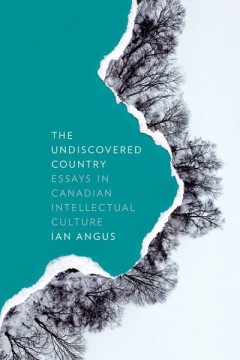
The Undiscovered Country Essays in Canadian Intellectual Culture
In this sequence of essays, Ian Angus engages with themes of identity, power, and the nation as they emerge in contemporary English Canadian philosophical thought, seeking to prepare the groundwork for a critical theory of neoliberal globalization. The essays are organized into three parts. The opening part offers a nuanced critique of the Hegelian confidence and progressivism that has come to …
- Edition
- -
- ISBN/ISSN
- 9781927356326.01
- Collation
- -
- Series Title
- -
- Call Number
- 306 pages
 Computer Science, Information & General Works
Computer Science, Information & General Works  Philosophy & Psychology
Philosophy & Psychology  Religion
Religion  Social Sciences
Social Sciences  Language
Language  Pure Science
Pure Science  Applied Sciences
Applied Sciences  Art & Recreation
Art & Recreation  Literature
Literature  History & Geography
History & Geography